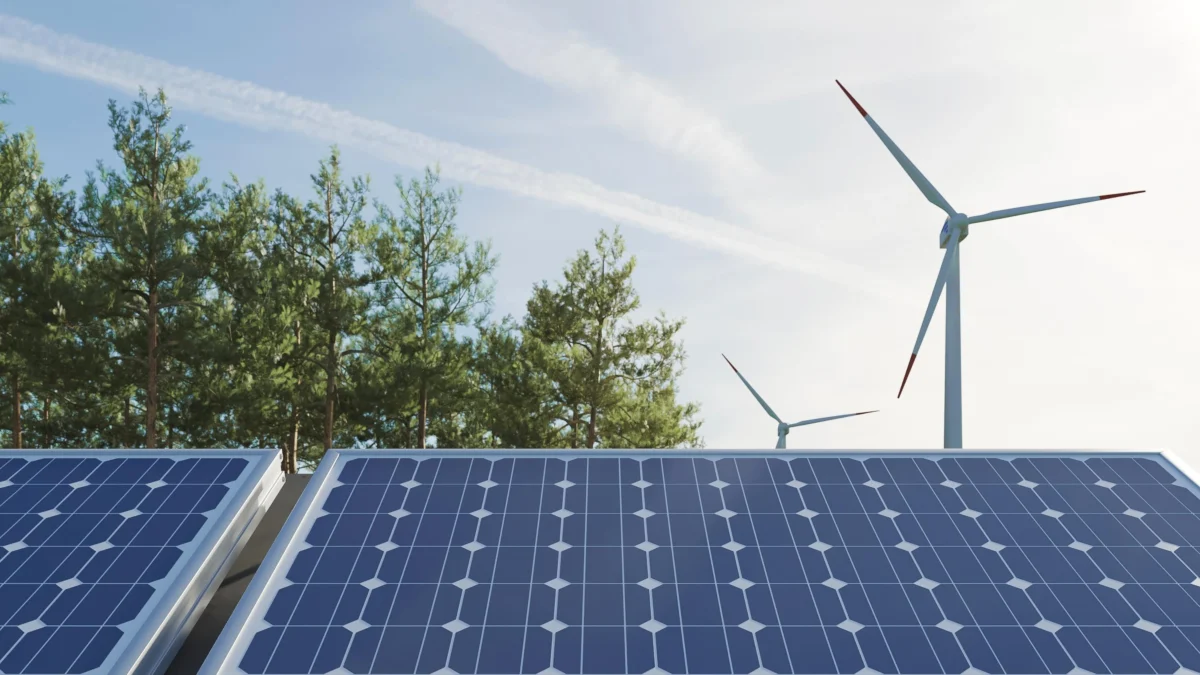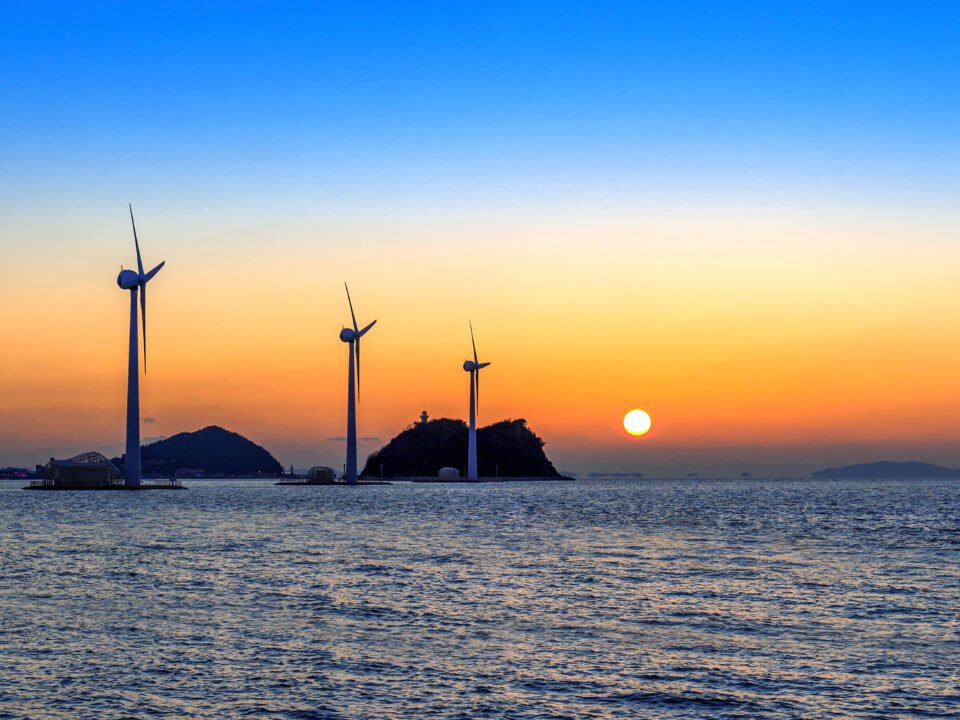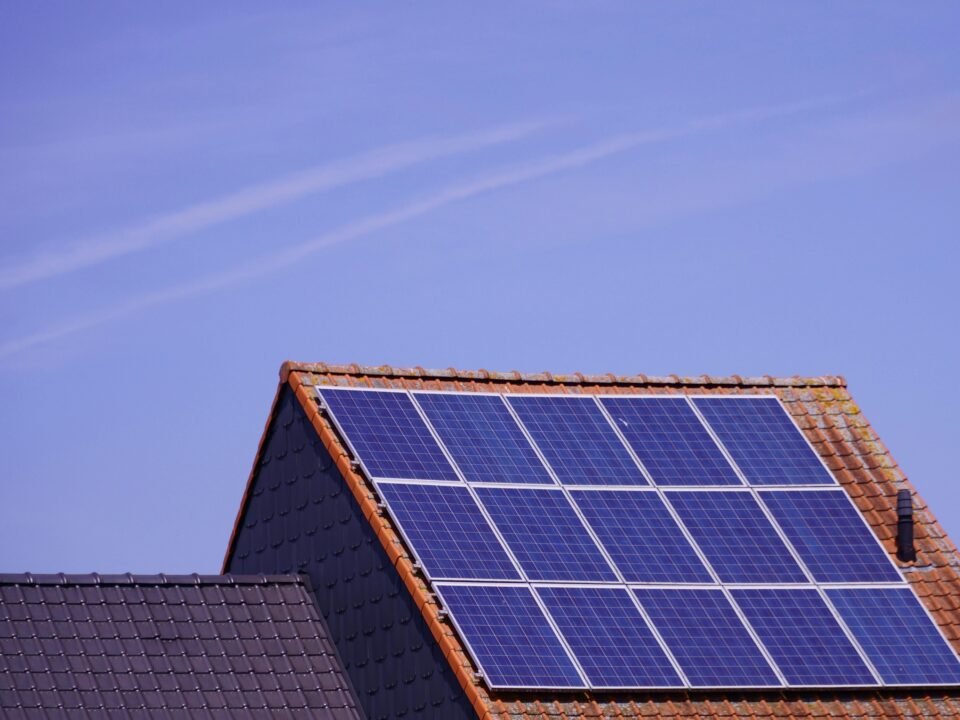In a world long dominated by fossil fuels, alternative energy is rapidly gaining ground as the sustainable path forward. As environmental concerns intensify and the urgency to combat climate change grows, nations, corporations, and individuals are increasingly turning toward cleaner, greener sources of power. But what exactly is alternative energy, why does it matter, and how is it reshaping the global energy landscape?
What Is Alternative Energy?
Alternative energy refers to any energy source that is not derived from fossil fuels like coal, oil, or natural gas. These sources include solar power, wind energy, hydroelectricity, geothermal energy, biomass, and even emerging technologies like hydrogen fuel and tidal power. The primary appeal of alternative energy lies in its low environmental impact—particularly the minimal or zero carbon emissions it produces.
While fossil fuels have powered industrial revolutions and economic development for over a century, they come at a steep cost: pollution, greenhouse gas emissions, environmental degradation, and limited reserves. In contrast, alternative energy offers the promise of a cleaner, more sustainable, and economically resilient future.
Why the World Needs Alternative Energy Now More Than Ever
The effects of climate change are no longer a distant threat. Rising global temperatures, frequent extreme weather events, sea-level rise, and the loss of biodiversity are being felt worldwide. The energy sector accounts for a significant share of global greenhouse gas emissions, making it a prime area for intervention.
Key reasons for the urgent shift to alternative energy include:
- Climate Change Mitigation: Reducing dependence on fossil fuels can dramatically lower CO₂ emissions, a leading cause of global warming.
- Energy Security: Alternative energy, especially when locally produced, decreases a nation’s reliance on imported oil and gas.
- Economic Opportunity: Green energy sectors are creating millions of new jobs worldwide, from manufacturing to installation and maintenance.
- Public Health: Cleaner air from reduced emissions leads to fewer respiratory and cardiovascular diseases.
- Finite Fossil Resources: Fossil fuels are nonrenewable and will eventually run out or become too costly to extract.
The Growth of Alternative Energy Across the Globe
In recent years, the growth of alternative energy has been nothing short of revolutionary. According to the International Energy Agency (IEA), renewable energy capacity grew by a record 50% in 2023, led by solar and wind power.
- Solar Energy: The cost of solar panels has dropped dramatically in the past decade, making it the fastest-growing alternative energy source. Countries like China, India, and the U.S. are investing heavily in large-scale solar farms.
- Wind Energy: Onshore and offshore wind farms are expanding, particularly in Europe and North America. Wind is already a major contributor to national energy grids in countries like Denmark and the UK.
- Hydropower: The world’s oldest form of renewable electricity remains vital, especially in regions with abundant rivers and rainfall, such as Brazil and Canada.
- Geothermal and Biomass: Though less widespread, these sources are proving effective in places with specific geographic or agricultural advantages, such as Iceland’s geothermal heat or biofuel programs in the U.S. Midwest.
Technological Innovations Driving the Transition
The rise of alternative energy wouldn’t be possible without continuous technological advancements. From highly efficient photovoltaic cells to smart grids and battery storage systems, innovations are making renewable power more accessible and reliable.
Some notable technologies include:
- Energy Storage: Lithium-ion and other next-gen batteries are crucial for storing intermittent energy from solar and wind.
- Green Hydrogen: Produced using renewable electricity, green hydrogen offers a promising alternative for sectors that are hard to electrify, like heavy industry and aviation.
- Smart Grids: These digital power networks can manage energy distribution more efficiently, integrating renewables seamlessly with traditional systems.
- Floating Solar and Offshore Wind Farms: These technologies are opening up new frontiers for generating power without occupying valuable land.
Barriers to Widespread Adoption
Despite its promise, alternative energy faces several challenges:
- Intermittency: Solar and wind are dependent on weather conditions, which means energy supply isn’t always consistent.
- Storage Costs: While battery technology is improving, storage remains expensive and limits scalability.
- Infrastructure Needs: Transitioning from fossil fuels requires a massive overhaul of existing energy infrastructure.
- Political and Economic Resistance: Fossil fuel industries have significant political influence, and in some countries, there’s reluctance to shift away due to economic dependencies.
However, many of these hurdles are being addressed through policy support, financial incentives, and international cooperation. Governments are implementing renewable energy mandates, carbon pricing, and subsidies to level the playing field.
The Role of Individuals and Communities
Transitioning to alternative energy isn’t just a government or industry effort—it’s a collective one. Individuals can contribute by:
- Installing rooftop solar panels
- Using energy-efficient appliances
- Choosing green energy plans from utility providers
- Supporting clean energy policies
- Driving electric or hybrid vehicles
Communities are also coming together to create local energy cooperatives, develop microgrids, and advocate for climate-forward urban planning.
A Fossil Fuel World at a Turning Point
The dominance of fossil fuels is being challenged like never before. As the cost of renewable technologies continues to fall and public demand for sustainability grows, the balance of power is shifting toward alternative energy. Global initiatives like the Paris Agreement and the UN’s Sustainable Development Goals are accelerating this transition by setting ambitious climate targets and encouraging international cooperation.
Even traditional oil giants are beginning to diversify into renewable portfolios, signaling that the energy transition is not only inevitable—it is already underway.
Conclusion: A Cleaner, Greener Future Awaits
The rise of alternative energy marks a pivotal moment in human history. It represents more than just a change in how we power our homes, vehicles, and industries—it symbolizes a shift in values toward sustainability, responsibility, and resilience.
While challenges remain, the momentum is unstoppable. With the right investments, policies, and innovations, a future powered by clean, renewable energy is within reach. The world no longer has to choose between progress and the planet. Thanks to alternative energy, we can have both.



